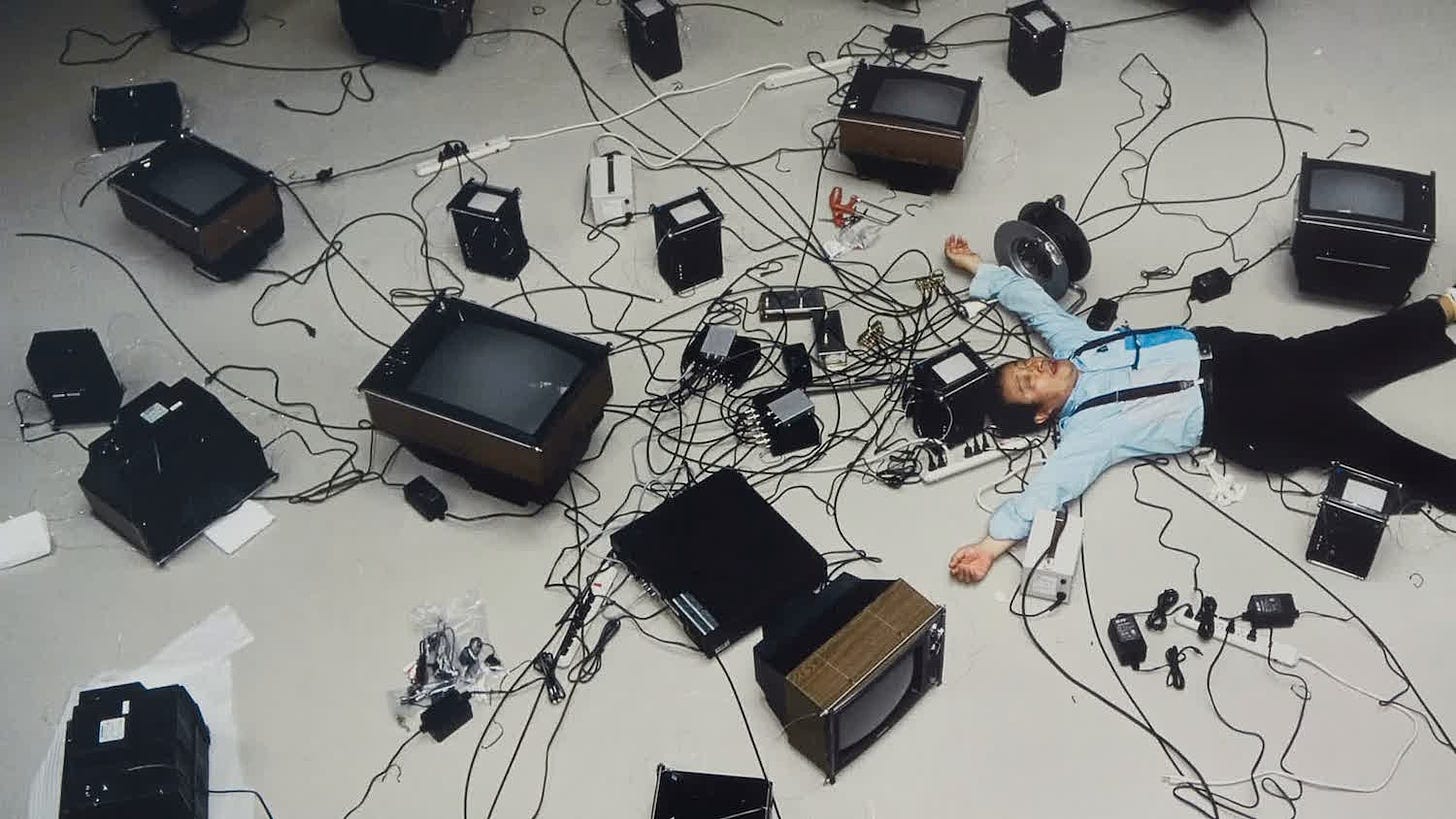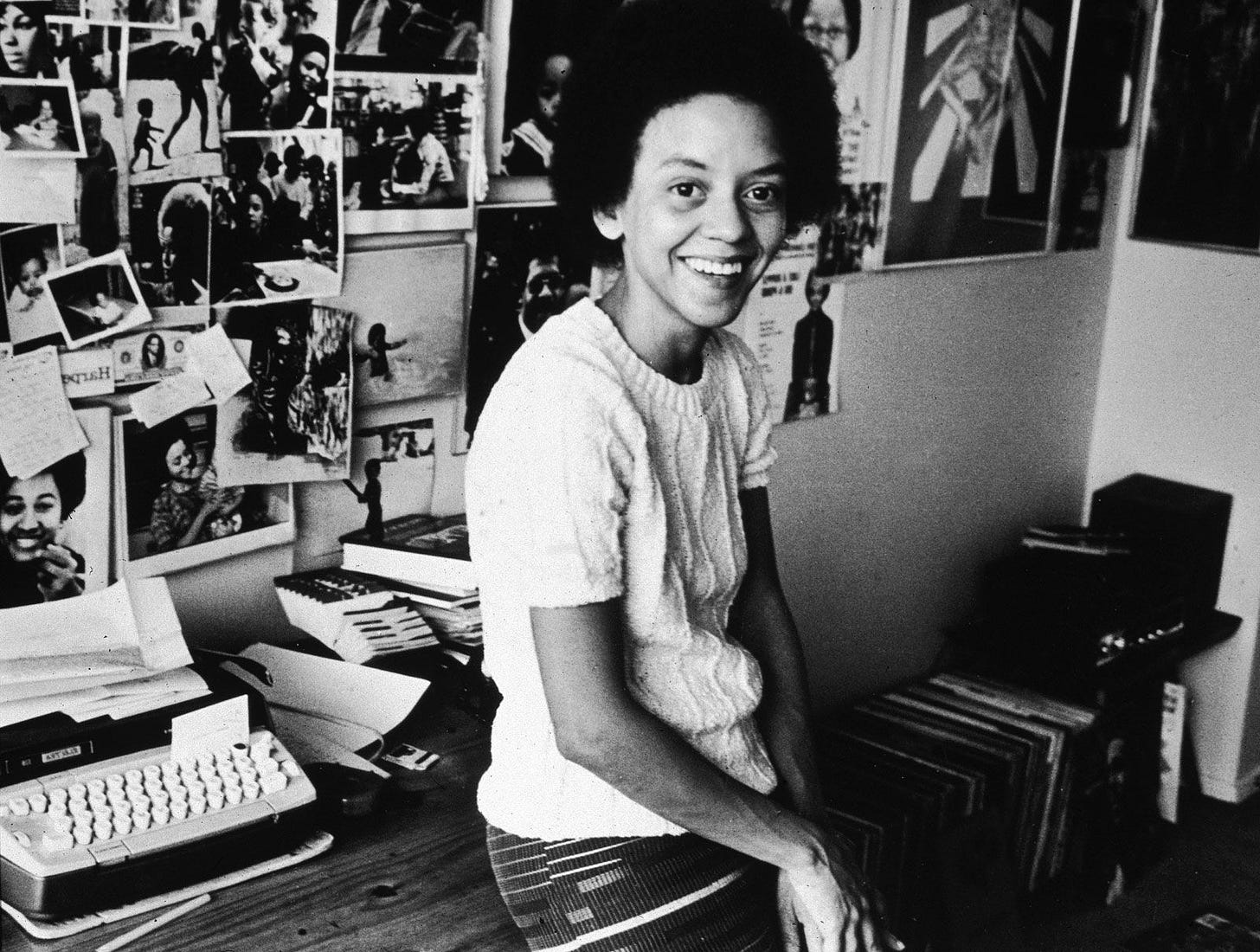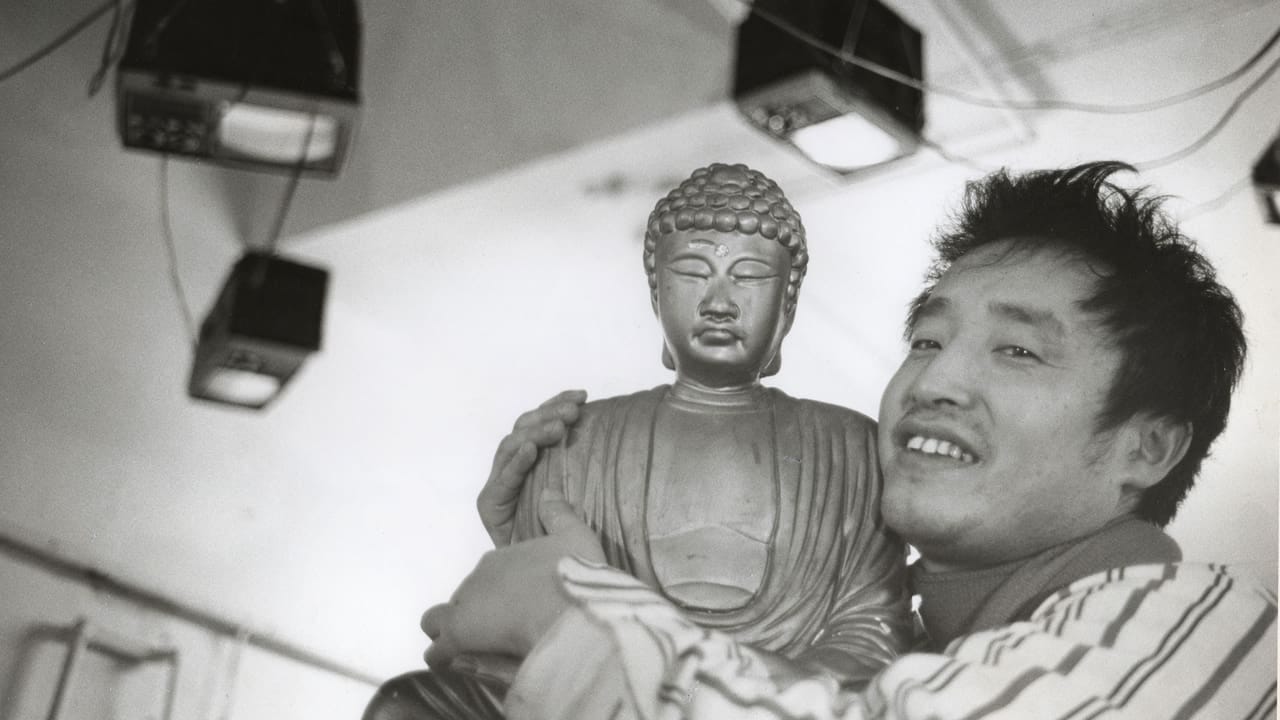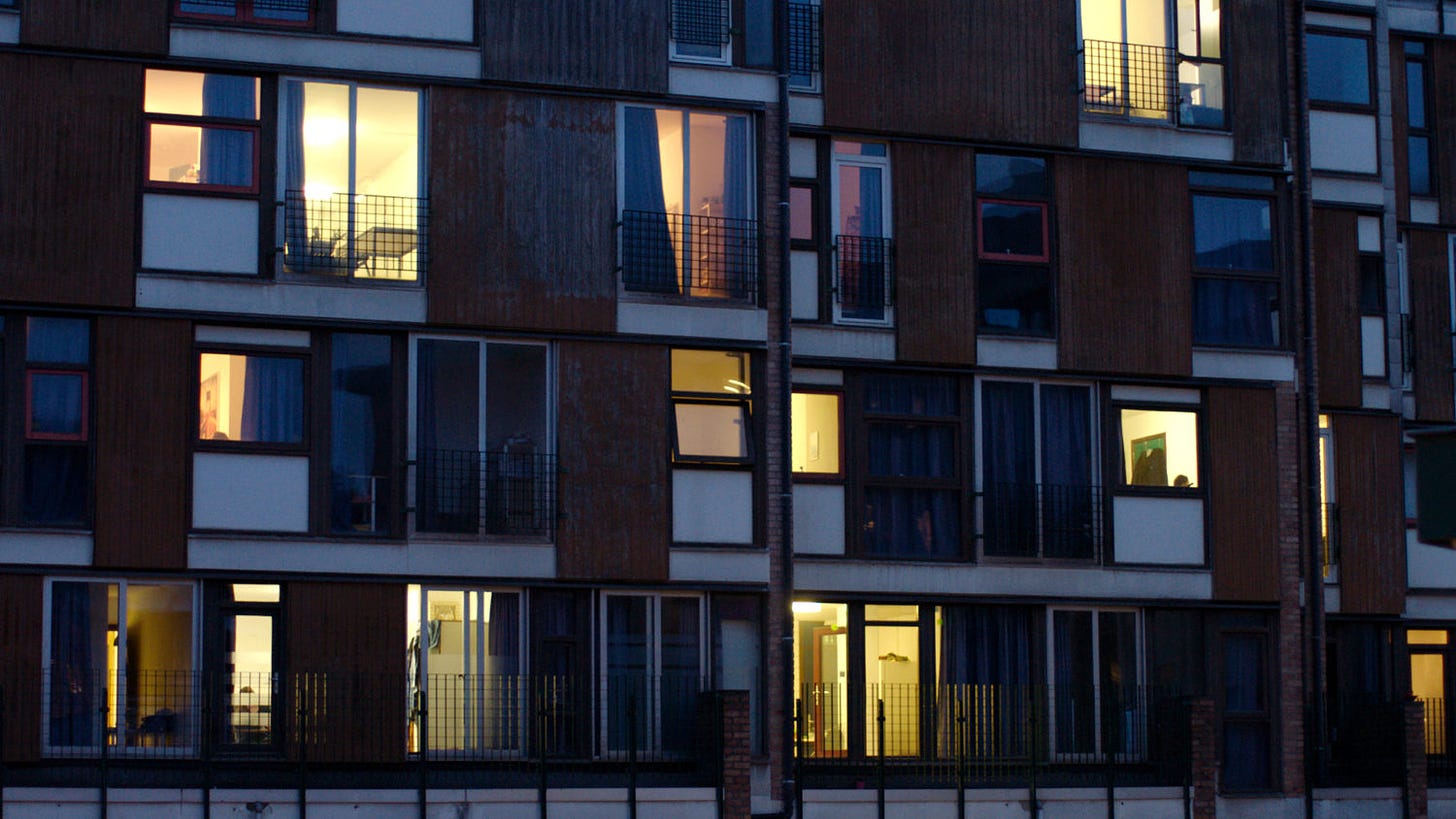I last covered DOKUARTS Festival — basically artistic films about artists — in 2018. For Exberliner. Unpaid. I tried to find my little preview, but it appears to be lost in the online sphere. I think it’s in the magazine itself.
Anyway, when it comes to festivals that inspire you to look at the artistic process — and perhaps life, itself — a little differently, the strong curation at the heart of the festival brims with biopics and experimental pieces, focussing on trailblazers who literally refuse to stop working, even as they get into their 80s and 90s. Perhaps being artistic is the key to longevity…
If you’re in Berlin and you’re looking for something to do from October 4th onwards, the festival runs through Oct.15 across the city. You can check the programme here. To help you pick something, or just if you wanna Sunday read, here are the pieces below:
Going To Mars: The Nikki Giovanni Project. As Enjoyable (and as Evasive) as its Subject.
It makes sense that a documentary about Nikki Giovanni — a trail-blazing African-American poet and activist carving out her own artistic career in a country dead set against her — could only be told on her own terms. It’s both the greatest strength and the biggest drawback of Going to Mars: The Giovanni Project (Joe Brewster, Michèle Stephenson, 2023) — at once expansive and insightful… and remarkably selective; a fascinating hagiographic portrait that masks a more knotty and interesting character story within.
Having covered a few DOKUARTS films in my time, both this year and at Exberliner, it’s not enough to say that these are merely movies about “artists,” but that the best ones find some kind of stylistic correlative to their subjects. This documentary is guided by the spirit of one of Giovanni’s best poems, “Quilting the Black-Eyed Pea (We’re Going to Mars),” with its famous, evocative line:
“The trip to Mars can only be understood through Black Americans.”
Read the rest over at Journey Into Cinema.
Nam June Paik: Moon Is The Oldest TV. Art Revolution, Televised
Every artist is a product — and a reflection — of their era.
Nam June Paik grew up in Japanese-occupied Korea, before finding his unique voice — mischievous, playful, chaotic — in 1950s Germany, a land awash in political parallels and the avant-garde. It’s curious how his crucial first influences didn’t come from the visual arts, but the musical world. Harbouring dreams of becoming a composer, inspired by the devil-like, revolutionary music of Arnold Schönberg — a genius or unlistenable, depending on who you ask — his world was forever transformed by a guest concert of John Cage.
While everyone else in the audience either booed or left his chance-controlled work, standing at the nexus between performance art and musical anarchy, Paik was enraptured; striking up a life-long friendship with the composer. This didn’t stop him from getting up in the middle of a performance at Mary Bauermeister’s apartment to cut off John Cage’s tie and shampoo his hair, showing his irreverence for all exalted figures, sympatico or otherwise.
But what really sets Paik apart, as he moves from Germany to New York, and gets involved in the Happening scene, thrillingly explored in Nam June Paik: Moon is the Oldest TV (Amanda Kim, 2023), is not just how he reflected post-war changes in the arts, but how he shaped them; his experiments with televisions and video cameras years — even decades — ahead of popular trends. Fiddling around with the transmissions and feeds of these relatively new inventions, he found all types of unique and provocative images herein, eventually becoming known as the “Godfather of Video Art.”
Read the rest over at Journey Into Cinema.
Life, Assembled. Architecture (Re)-Imagined
There is a house being built near me. I notice its progress every time I walk my dog. In the past few months or so, after a fairly long foundation process, the entire frame has been assembled, piecemeal, with a simple wooden structure. It will look, probably, like most other houses in my residential, middle-class area that retains a rural feel despite being fairly close to Berlin’s city centre. But I still can’t help but notice how much quicker a wooden frame can be put together than traditional brick-and-mortar.
I’m not much of an architect myself, but a city like Berlin — with its mixture of 19th-century buildings, Bauhaus designs and brutalist structures — inspires alternative thoughts of city planning and living. The sheer diversity on offer prompts one to imagine what the ideal living situation might look like. It also makes Berlin a great place for the German premiere of the modest Walloonian documentary Life, Assembled (Elodie Degavre, 2022) — a discursive, digressive exploration of utopian thinking in architecture.
I must admit, in comparison to German design — especially the orderliness of rural housing, and the experimentation and bold Scandi-like style of outer Berlin and Brandenburg housing — Belgian architecture looks rather haphazard and chaotic.
Read the rest over at Journey Into Cinema.





